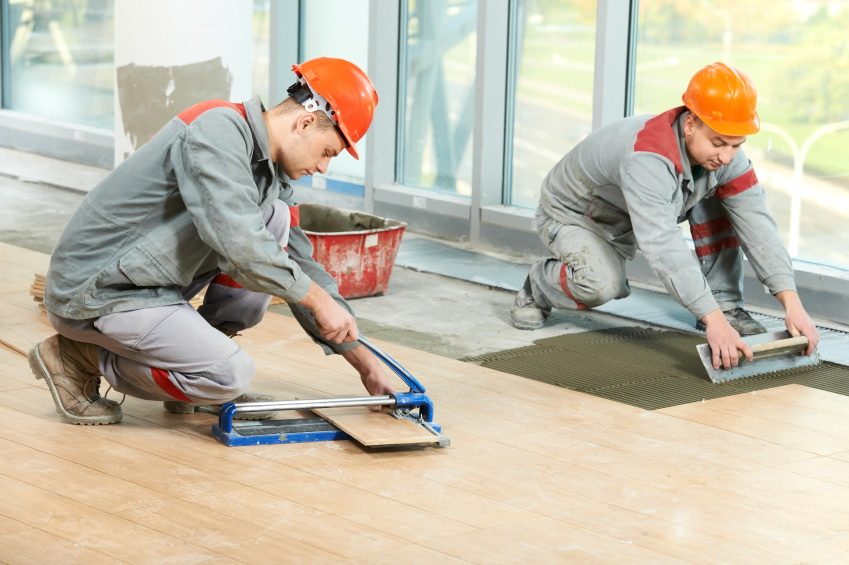
Expansion and contraction of your flooring system is a given. Because they are manufactured from different materials or different kinds of the same material, your flooring and substrate will expand and contract at different rates. Expansion joints give your flooring the space it needs to expand without buckling or cracking.
Why use expansion joints?
The LRFD Specification (AISC, 1999) notes that expansion and contraction are a consequence of changes in temperature and moisture level. Expansion joints provide space for these changes to take place without compromising any other aspects of the building design; “Adequate provision shall be made for expansion and contraction appropriate to the service conditions of the structure.” While ASCE 7-02 Minimum Design Loads for Buildings and Other Structures (ASCE, 2002) states: “Dimensional changes in a structure and its elements due to variations in temperature, relative humidity, or other effects shall not impair the serviceability of the structure.”
Expansion due to temperature changes and increased moisture content can cause buckling in your roof, walls and flooring. Buckling in the floor can cause tenting of tiles, uneven surfaces, nail pops and other problems. Expansion builds up over the whole floor and the longer the run, the greater the force exerted on the flooring. Eventually, something is going to buckle or crack. If expansion joints are included in the flooring system, they will contract to absorb the force and expand when the floor cools or dries.
How to use expansion joints
Expansion joints are filled with materials which allow for expansion and contraction. According to the Tile Association, most commonly these include neoprene, urethane or polysulfide for flooring applications where there is a lot of traffic (sealants in high traffic areas must have a shore hardness of 35). Where traffic is not of concern, silicone is often utilized.
From the American Wood Council: “An expansion joint of at least one half-inch must be provided at the edge of flooring strips adjacent to parallel partitions and exterior walls. The joint is covered by the baseplate and toe molding.”
Expansion joints in flooring systems should be 0.2 to 0.3 inches wide and filled with permanently flexible filler. Joints will be placed according to the manufacturer and design professional’s recommendations. Joints should be placed more frequently where tiles or flooring is in direct sunlight or in areas that heat up more.
Expansion joints are utilized in addition to the 1/8-inch subfloor panel spacing and may not be necessary for smaller rooms. The necessity of expansion joints depends on the size, shape and conditions in the room in question; follow the manufacturer’s recommendations. It is also recommended that expansion joints be placed between rooms if different flooring will be used in the rooms or where conditions differ greatly from one room to another.
